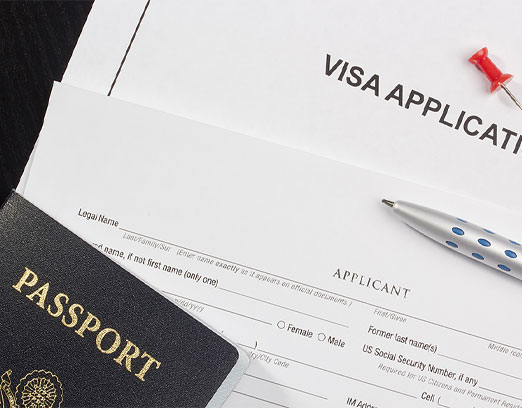LawQuest | US Immigration Alerts | Additional NI Visa Appointments for First Time Applicants, USCIS implementation of Prem Proc Final Stage & Adjudication of I-539 & I-765 applications together
The US Embassy and Consulates in India Introduce More Visa Appointments There is finally some good news for visa applicants seeking a visa for the first time or those that do not qualify for Dropbox applications. The United States Embassy in New Delhi and Consulates in Mumbai, Chennai, Kolkata and Hyderabad (collectively known as Mission… Read more »

